NexMeter: the smart gas meter offering innovation, safety and sustainability
Focus
Focus
Category Facet
Custom Facet
Search Results
-
Web Content Article · written-by Palvi Andrea Tonziello on-date Aug 4, 2020 5:25 PM
An investment of Euro 37 million. A plant that disposes of 100 thousand tonnes of organic waste produced by separate waste collection and another 35 thousand tonnes coming from green waste and...
circulareconomy Categoria Progetto: Heratech Project Innovation -
Web Content Article on-date Aug 4, 2020 4:19 PM
The ultrasound hydrolysis system, installed in the Forlì treatment plant, makes the life cycle of wastewater sludge circular. The result: less sludge to dispose of, and more biogas produced.
circulareconomy Categoria Progetto: Circular Economy Water Project Innovation -
Web Content Article on-date Aug 4, 2020 4:07 PM
We have installed a turbo expander at the R&M stations of Ducati's factory in Bologna. The goal is to recover electricity from the decompression process of methane gas.
circulareconomy Categoria Progetto: Innovation Energy Efficiency -
Web Content Article on-date Aug 4, 2020 3:28 PM
To obtain clean energy to power Ravenna's buses by decomposing waste in landfills.
circulareconomy Categoria Progetto: Innovation Circular Economy
Asset Publisher
The NexMeter Green project aims to take a further step towards the future by offering a product that is not only safe and innovative but also sustainable
The existing NexMeter meter will be transformed into a more eco-friendly (green) meter, by replacing over 68% of the internal and external plastic components with others derived from recycled and recyclable materials.
The plastic materials currently used in packaging will be eliminated and/or replaced with 100% recycled materials, such as plastic caps that are more likely to be dispersed in the environment. A further feature also makes the use of the meter green: the manual will be dematerialised and made accessible via a QR code.
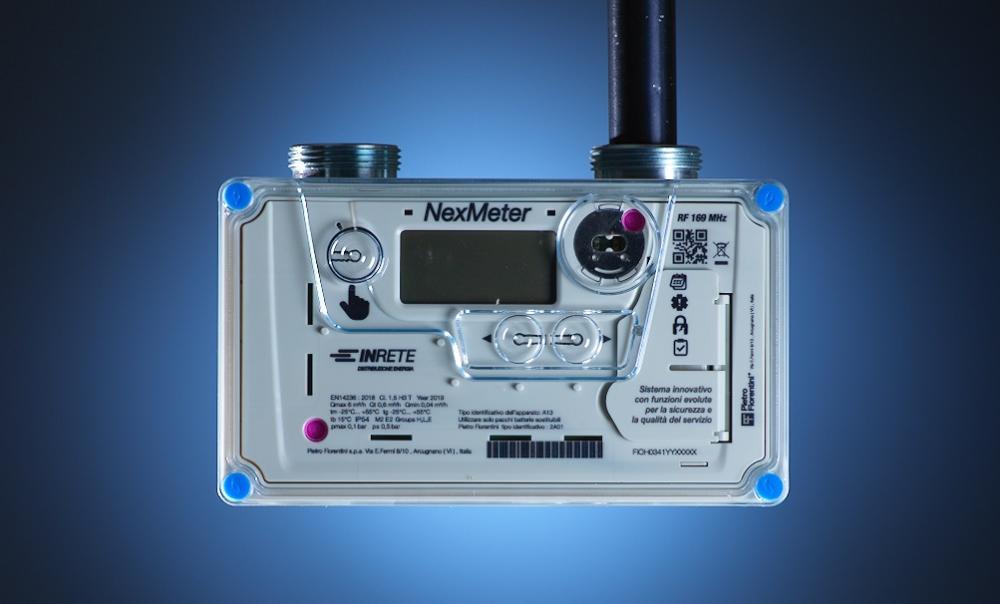
Nexmeter Green was developed in collaboration between InRete, Aliplast and the Pietro Fiorentini company. It represents a further evolution of the current version.
Created in 2019 NexMeter was the Hera Group’s first 4.0 meter, designed to be increasingly mindful of safety and consumption issues.
Its name derives from the union of the words “Next” (which means not only “near”, but also “future”) and “Meter”
(the device itself). The "smart" meter is the result of the Hera Group’s know-how in the management of gas distribution and their continuous investments in innovation, research and development.
The Hera Group has chosen the most qualified companies as partners, both nationally and internationally: Panasonic, a Japanese multinational world leader in the manufacture of electronic products and components, and Pietro Fiorentini, a leading Italian company in the production of products and services for the entire natural gas supply chain.
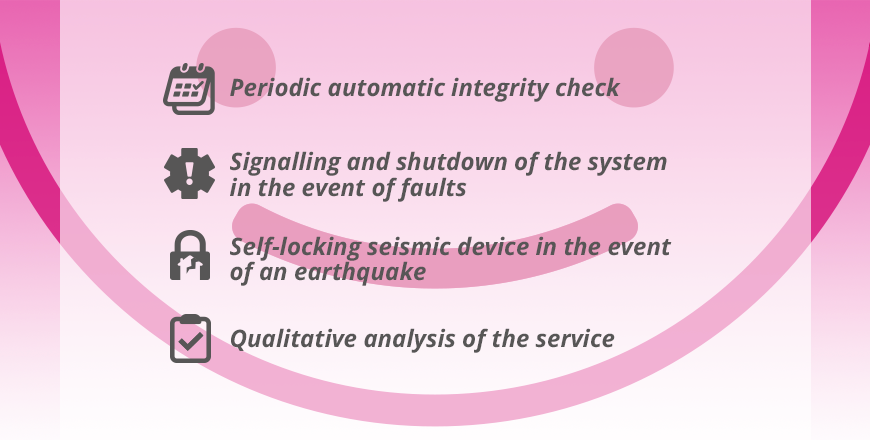
NexMeter is more than just a meter: it is a "minià-computer" equipped with advanced technology, based on algorithms, sensors and ultrasound to offer users absolute precision and greater reliability. Using a state-of-the-art seismic mechanism, it is in fact able to intercept any earthquake shock in real time and suspend the gas supply activity, guaranteeing a qualitatively safer service in terms of preventing and reducing the risk of accidents.
These aspects bring certain benefits both for users, who are increasingly aware of their consumption, and for the distribution companies of the Hera Group, which thanks to NexMeter is able to manage the entire gas distribution network in a more advanced way. In addition to sending periodic reports regarding consumption figures, in the event of emergency, the new meter secures the system and immediately sends a report to the Group's Central Remote Control in Forlì, which monitors networks and systems throughout the territory served by the multiutility in real time. If the remote control has an address available to the user, it in turn sends them an alert signal that appears on the meter display.
NexMeter is also the environmentally friendly meter: in fact, by being able to detect both immediate and large gas leaks and micro-leaks, it contributes to reducing polluting emissions, with positive effects also on boiler efficiency. In addition to being compatible with all types of networks and systems, NexMeter is also ready for use with future ‘green’ gases.
Search Bar
Tag Facet
Search Results
Asset Publisher

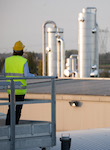

.jpg/468d051b-ba80-83a6-359d-7ef55eefd940)

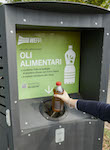
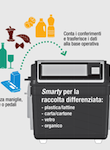


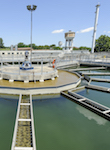
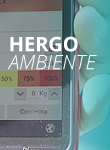
.jpeg/1d0e0770-1094-b22b-fce4-099f27c72978)